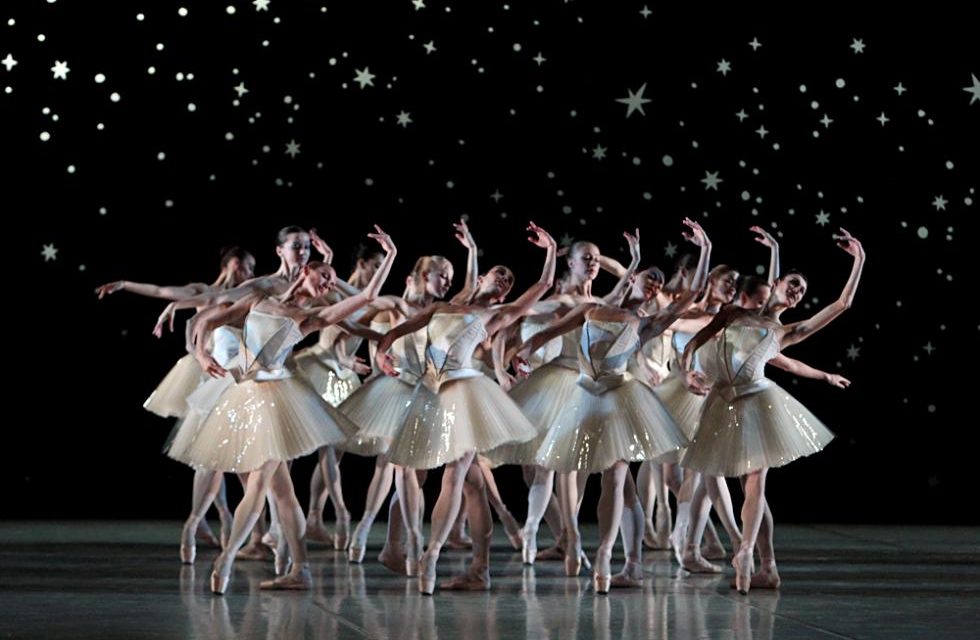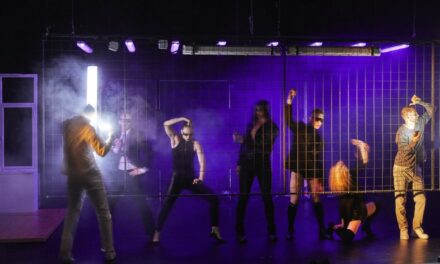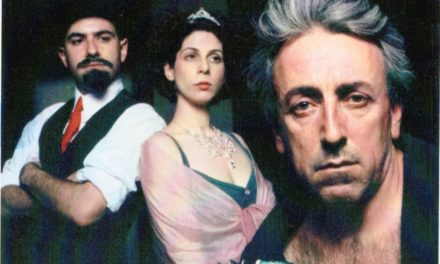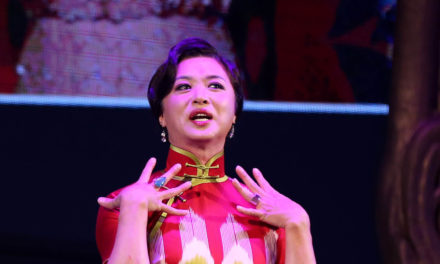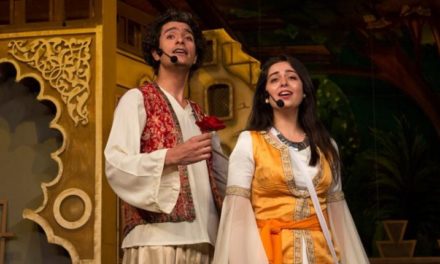The original story of The Nutcracker was part of a group of fairytales written by the German Romantic writer E.T.A. Hoffman published in Berlin in 1816. Alexandre Dumas (père) wrote a version in French in 1844. Not quite 50 years later, in 1892, Peter Tchaikovsky made this story the foundation of a ballet, choreographed by the legendary Marius Petipa. To this day, The Nutcracker is one of the world’s most popular ballets.
1. A government bureaucrat had the idea of making The Nutcracker into a ballet at the end of the 19th Century
Ivan Vsevolozhsky, the director of the Imperial Theaters in St. Petersburg, first thought of using the story of a girl and a nutcracker for a ballet production. The first few times the ballet was performed, it was shown on a single program with Tchaikovsky’s opera Iolanta.
2. The premiere took place Dec. 18, 1892 in the Mariinsky Theater in St. Petersburg
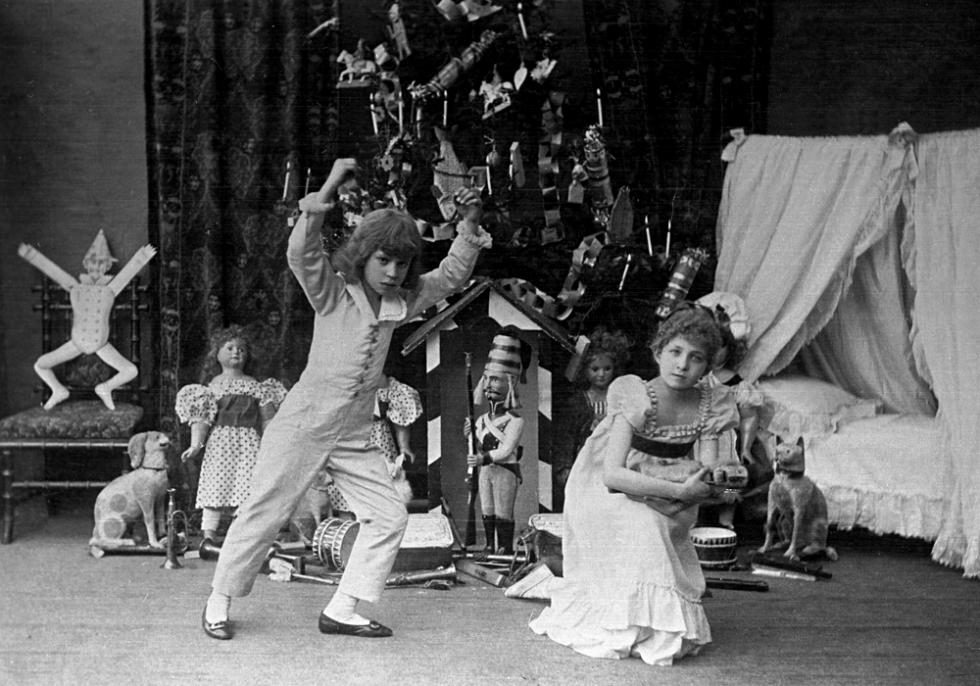
A scene from The Nutcracker ballet by Peter Tchaikovsky, St. Petersburg Theater, 1892. Photo Credit RIA Novosti
The parts were performed by students from the theater school of the Imperial Theaters. Both the minor roles – such as the children at the Christmas party, which were appropriate for the students’ age – and the major roles, such as the Sugar Plum Fairy, were played by the students. All the performers received a basket of chocolates from Tchaikovsky, and the ballet started a new tradition — using child dancers on the stage.
3. The heroine has been known by a number of names
Marichen, Marie, Masha, Clara… Over the past century, the name of the heroine who saves the nutcracker prince has changed many times. At first she had a German name, as per her literary beginnings. In Russia, the heroine was renamed Masha after World War I.
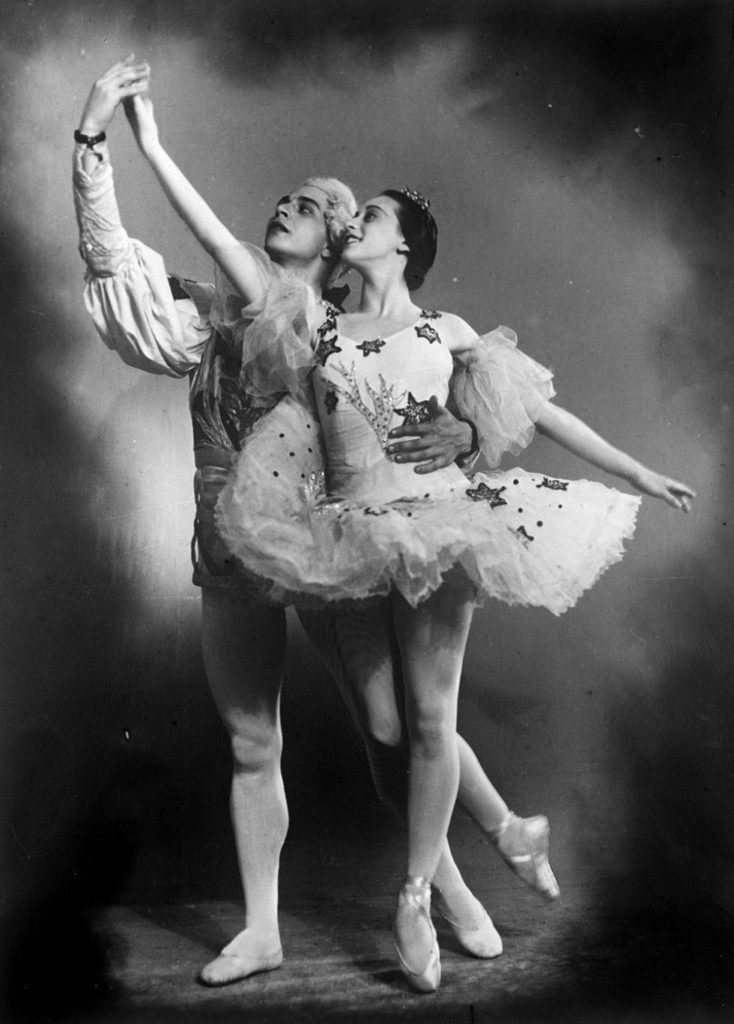
Ballet dancers Nina Timofeyeva and Igor Uksusnikov in a scene from The Nutcracker. Photo Credit RIA Novosti
4. At the premiere of The Nutcracker, another premiere took place
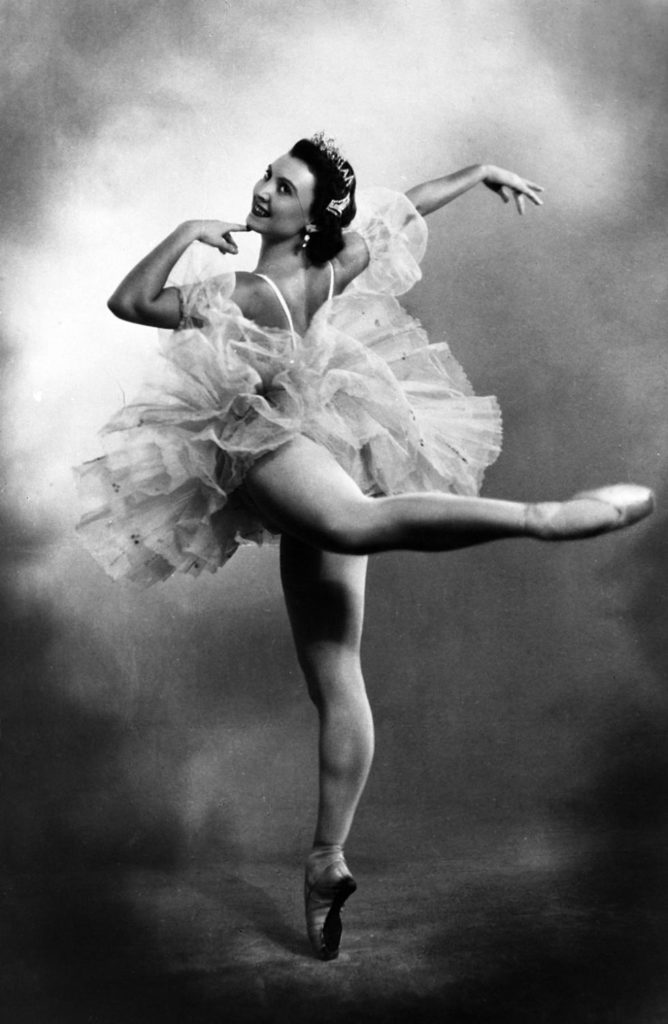
Leningrad Kirov State Academic Opera and Ballet Theater (now Mariinsky Theater). Raisa Struchkova performing the part of Masha, 1954. Photo Credit RIA Novost
Tchaikovsky secretly brought a celesta to Russia from Paris and played it for the audiences at the premiere. A celesta is an instrument is similar to a piano, but it has metallic plates instead of strings.
5. The sweet music and story are portrayed with difficult, technical dancing
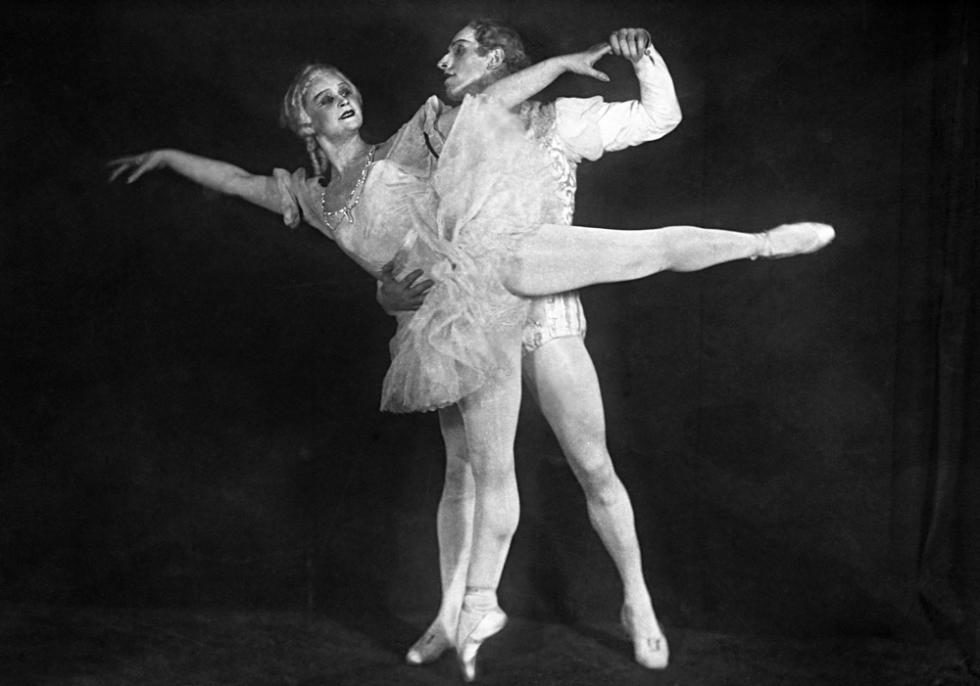
Maria Semenova as Princess and Alexei Yermolaev as the Nutcracker. A scene from Pyotr Tchaikovsky’s ballet The Nutcracker. The State Academic Bolshoi Theatre. The photograph was taken in 1939. Photo Credit Nikolai Sahovsky/RIA Novosti
The main role of the second act of The Nutcracker goes to the Sugar Plum Fairy. Even 100 years ago, this role required performing 16 fouettes on stage. The first dancer to play her on the Russian stage was the Italian prima donna Antonietta Dell’Era.
6. Around 150 different costumes are used in the classic rendition of The Nutcracker
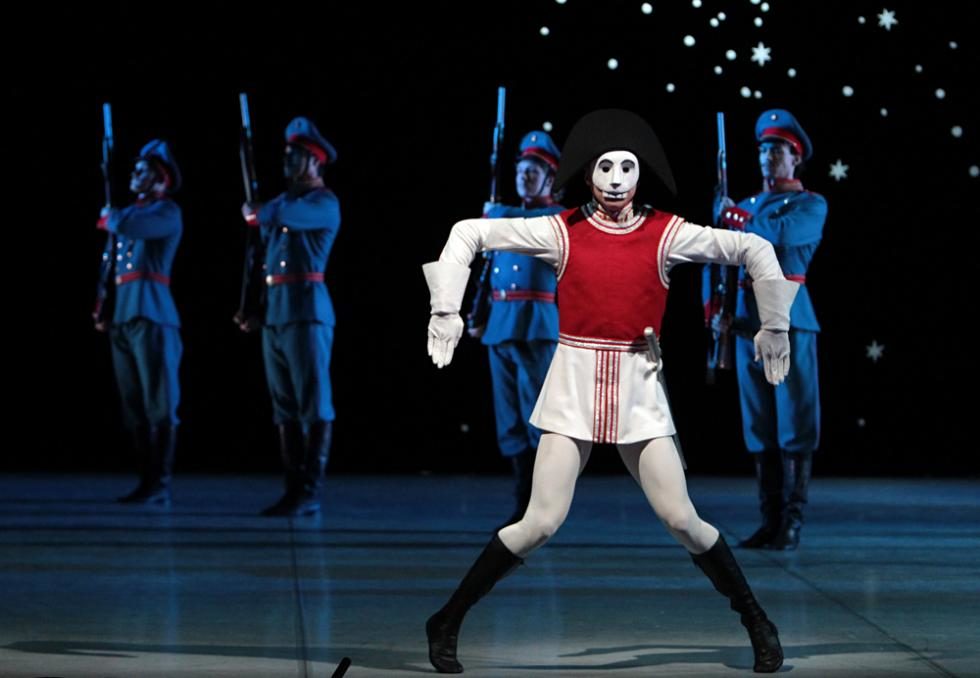
Dancer Leonid Sarafanov as the Nutcracker at the Mikhailovsky Theater. Photo Credit Igor Russak/RIA Novosti
There are many small parts in The Nutcracker — flowers, toys, toy soldiers, snowflakes, fairies, and mice all must be clothed in addition to the major roles. More than 50 backstage workers are needed to prepare this small army. For an effective dance performance, no fewer than 20 children dancing as Snowflakes are needed.
7. The performance of The Nutcracker considered the gold standard was the 1966 production by Yuri Grigorovich at the Bolshoi Theater
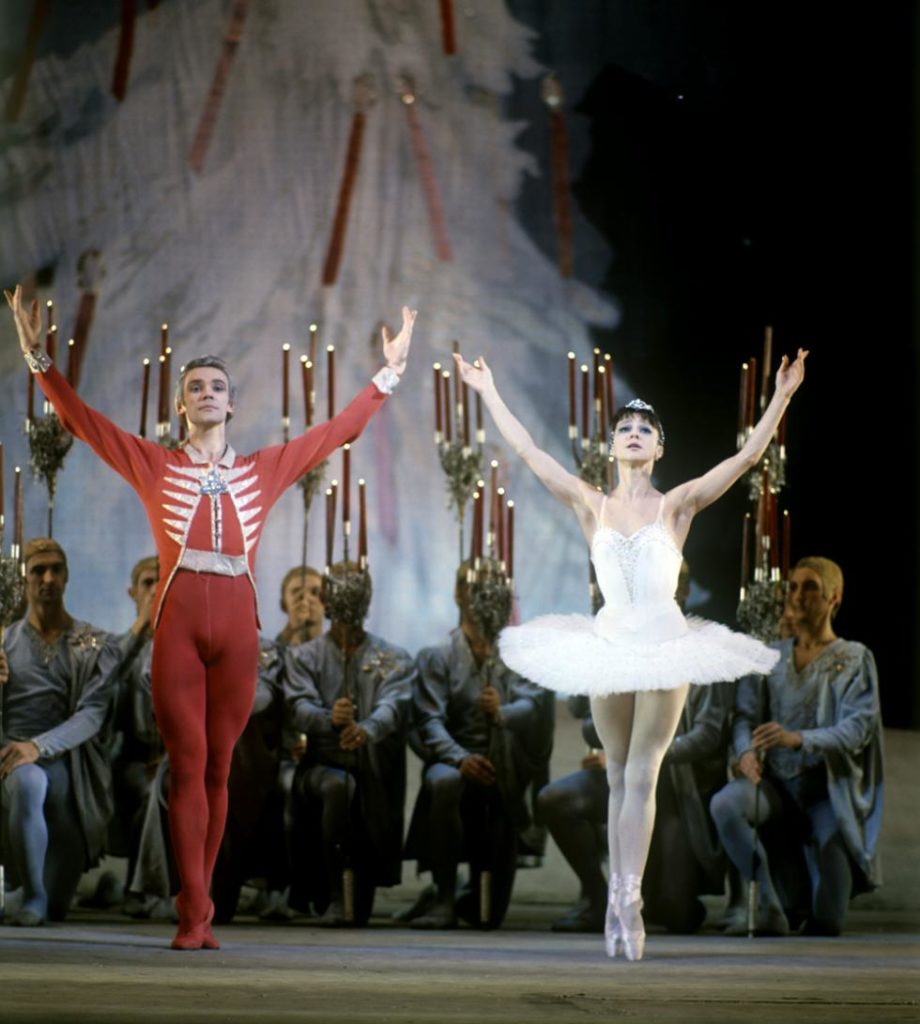
Yekaterina Maksimova as Marie and Vladimir Vasilyev as Nutcracker Prince in a scene from Pyotr Tchaikovsky’s ballet The Sleeping Beauty staged at the State Academic Bolshoi Theater of the USSR, 1973 Photo Credit S. Solovjev/RIA Novosti
The roles of the Masha and The Prince were performed with an emotion that was more than professional — they were played by a starring couple of the Russian ballet, Ekaterina Maximova, and Vladimir Vasiliev. According to Grigorovich, Vasiliev’s Nutcracker was the ideal fairy tale hero, and Maximova had matured, in the truest sense of the word, from a Snowflake into Masha.
8. After the 1917 Revolution, The Nutcracker became an export
For example, 27 priceless scripts describing Marius Petipa’s production were part of the “Sergeev Collection.” This collection, made up of choreographic notations, music, designs for décor and costumes, theater programs, photos and other materials describing the productions at St. Petersburg’s Imperial Theaters, were taken out of the Soviet Union by Nikolai Sergeev, the director of the ballet troupe at the Mariinsky. The collection is now kept at Harvard University.
9. The Nutcracker has been performed 500 times in the Bolshoi Theater
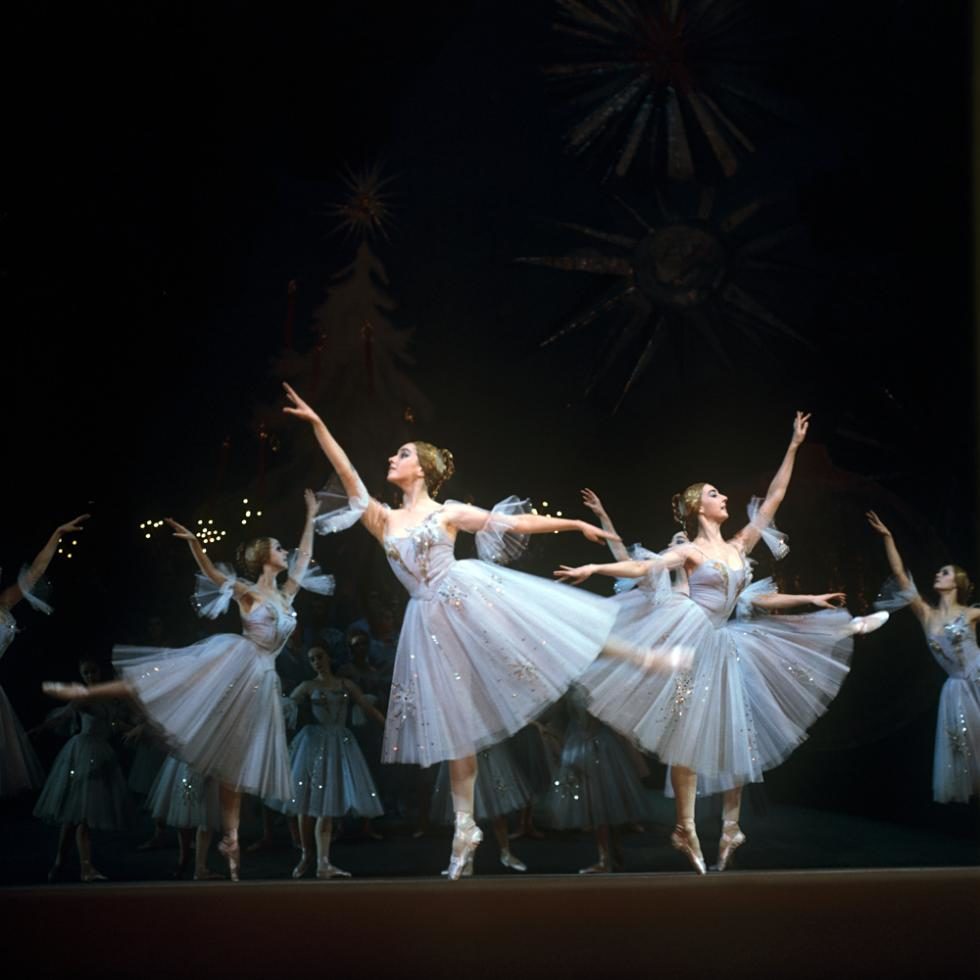
A scene from The Nutcracker staged at the State Academic Bolshoi Theater of the USSR. Photo Credit S.Solovjev/RIA Novosti
The success of The Nutcracker abroad is due mostly to Russian-American choreographer George Balanchine, who created a production for the New York Ballet in 1954. In 1993, this version was made into a film. The role of the prince was played by Macaulay Culkin, a student of the Balanchine Ballet School.
10. After Balanchine’s production, a kind of Nutcracker-mania took over the world
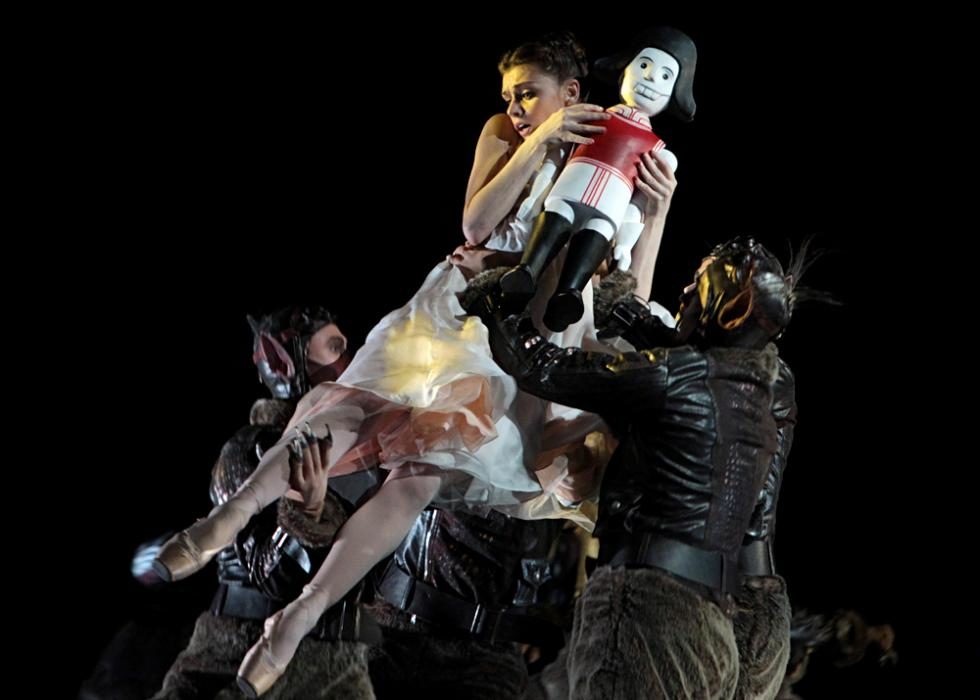
Dancer Oksana Bondareva as Masha in a scene The Nutcracker at the Mikhailovsky Theater. Photo Credit Igor Russak
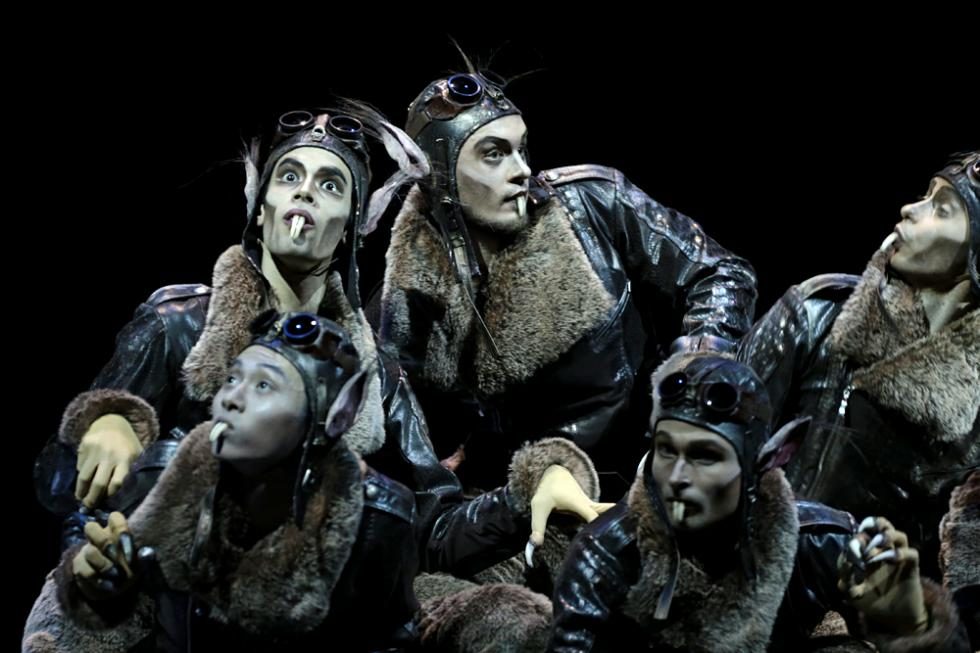
A Scene from The Nutcracker at the Mikhailovsky Theater. Photo Credit Igor Russak
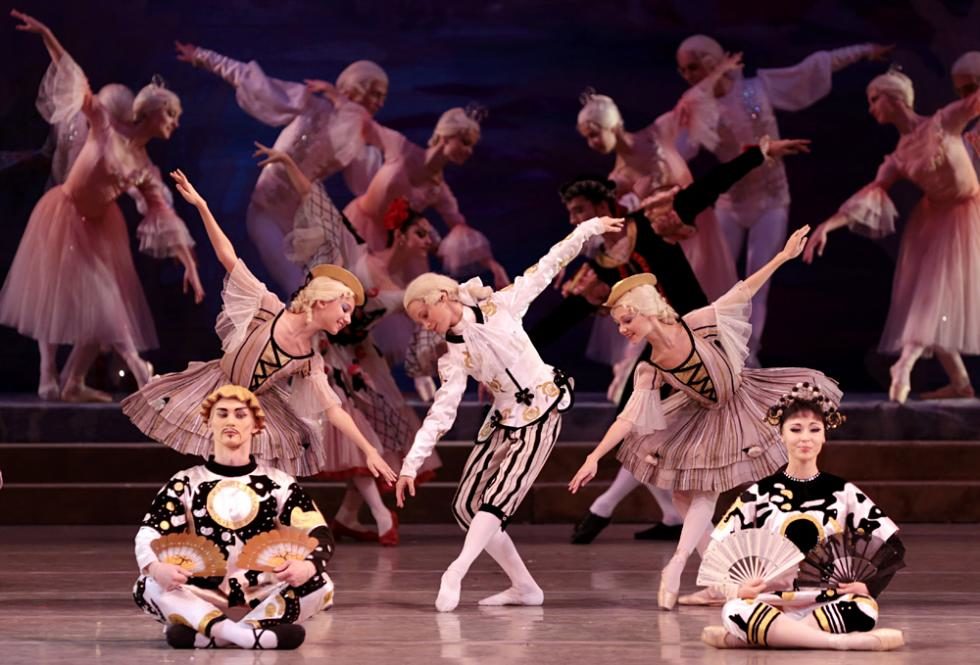
Students of the Vaganova Ballet Academy perform The Nutcracker at St. Peterburg’s Mariinsky’s Theater. Photo Credit Igor Russak
The holiday tale has been staged in numerous countries by such renowned choreographers as Rudolph Nureyev, Mikhail Baryshnikov, Maurice Bejart and Matthew Bourne.
This article was originally published in Russia Beyond the Headlines. Reposted with permission. Read the original article.
This post was written by the author in their personal capacity.The opinions expressed in this article are the author’s own and do not reflect the view of The Theatre Times, their staff or collaborators.
This post was written by The Theatre Times.
The views expressed here belong to the author and do not necessarily reflect our views and opinions.

